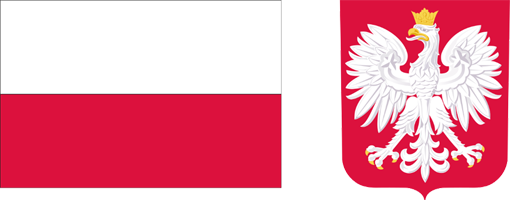Current issue
Archive
About the Journal
Aims and Scope
Editorial Board/Editorial Team
List of reviewers
Publishing process
Publishing Ethics and Malpractice Statement
Personal data protection (GDPR)
Creative Commons License
CrossRef Member / Similarity Check
For Authors
Call for papers
Guidelines for authors
Submitting a manuscript through the editorial system – step by step
For Reviewers
Peer review process
Guidelines for reviewers
Submitting a review – step by step
Contact
RESEARCH PAPER
ADJUSTMENT PROCESSES IN SELECTED TYPES OF FARMS DEPENDING ON THEIR INCOME SITUATION
1
Instytut Ekonomiki Rolnictwa i Gospodarki Żywnosciowej - Państwowy Instytut Badawczy
Publication date: 2019-12-18
Zagadnienia Ekonomiki Rolnej / Problems of Agricultural Economics 2019;361(4):29-54
KEYWORDS
ABSTRACT
This article presents the development capacities of farms in groups divided according to the level of income from farm per unit of work of a farmer and farmer’s family members. According to the income criterion, farms were separated into:
– auxiliary in which income from the farm per hour of family work input in the owned farm was lower than the level of payment for employed labour in agriculture;
– transitional (“at the crossroads”) in which this income was higher than the level of payment for employed labour in agriculture, but lower than the rate of payment in the national economy;
– developmental in which this income was equal to or higher than the rate of payment for labour in the national economy.
The analysis covered types of farms specialised in: field crops, permanent crops, vegetable crops, dairy cattle raising, granivores raising, and mixed production. The source of research materials was the panel of farms covered by the monitoring of the Polish FADN in 2009-2016. Groups were separated according to the FADN methodology. The development capacities of the analysed farm groups were determined with the competitiveness index (CI). In the analysed period, the share of auxiliary farms was significant, ranging from 24.5% (dairy farms) to 43.1% (farms with mixed production). This share increased in subsequent periods. These farms did not have development capacities. The share of transitional farms was small, ranging from 8.5% (field crops) to 13% (with mixed production). Farms in this group also did not show developmental capacities. The share of developmental farms was quite varied, ranging from 44.4% (with mixed production) to 69% (with field crops). The applied criterion for the division of farms according to the level of income from farm per unit of work of a farmer and farmer’s family members increases the possibilities of their analysis.
Share
RELATED ARTICLE
We process personal data collected when visiting the website. The function of obtaining information about users and their behavior is carried out by voluntarily entered information in forms and saving cookies in end devices. Data, including cookies, are used to provide services, improve the user experience and to analyze the traffic in accordance with the Privacy policy. Data are also collected and processed by Google Analytics tool (more).
You can change cookies settings in your browser. Restricted use of cookies in the browser configuration may affect some functionalities of the website.
You can change cookies settings in your browser. Restricted use of cookies in the browser configuration may affect some functionalities of the website.



